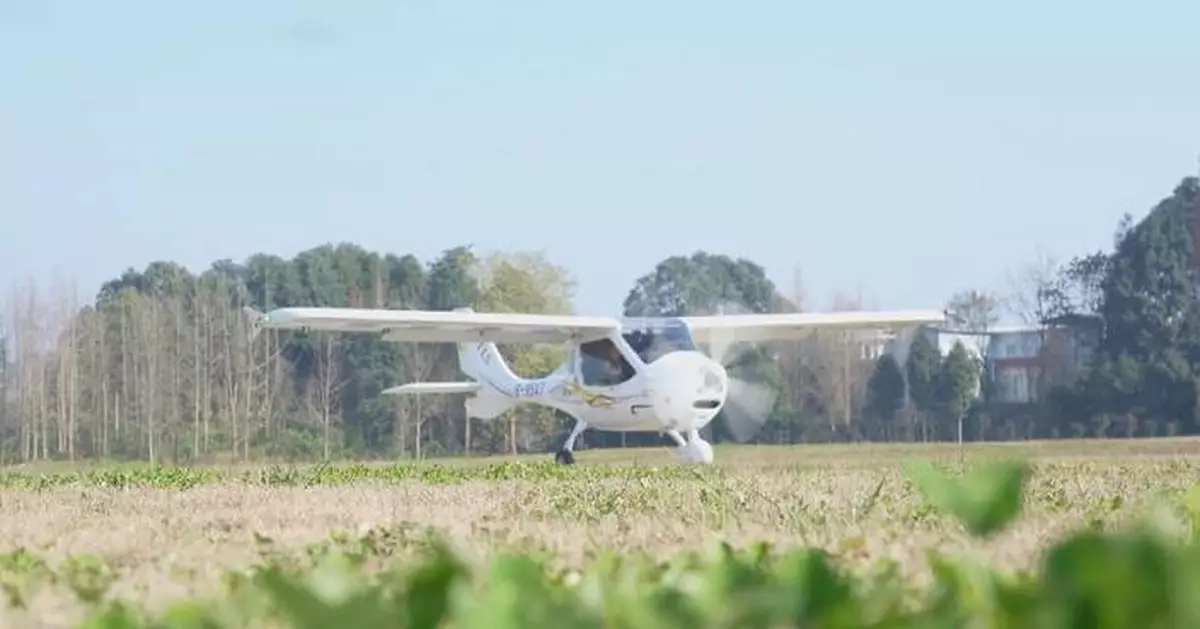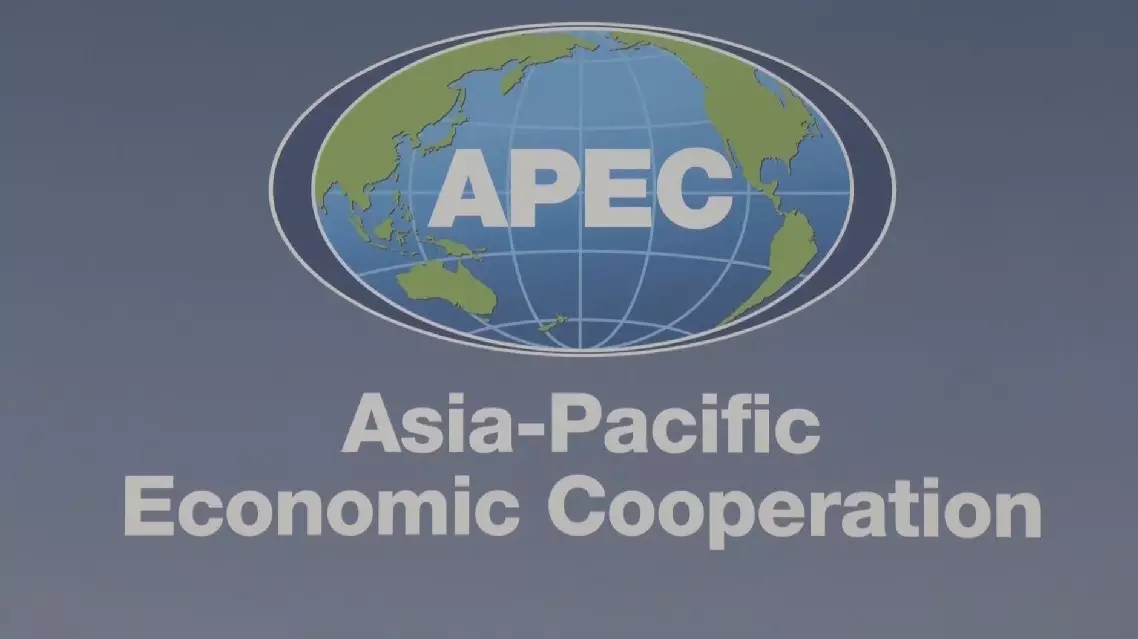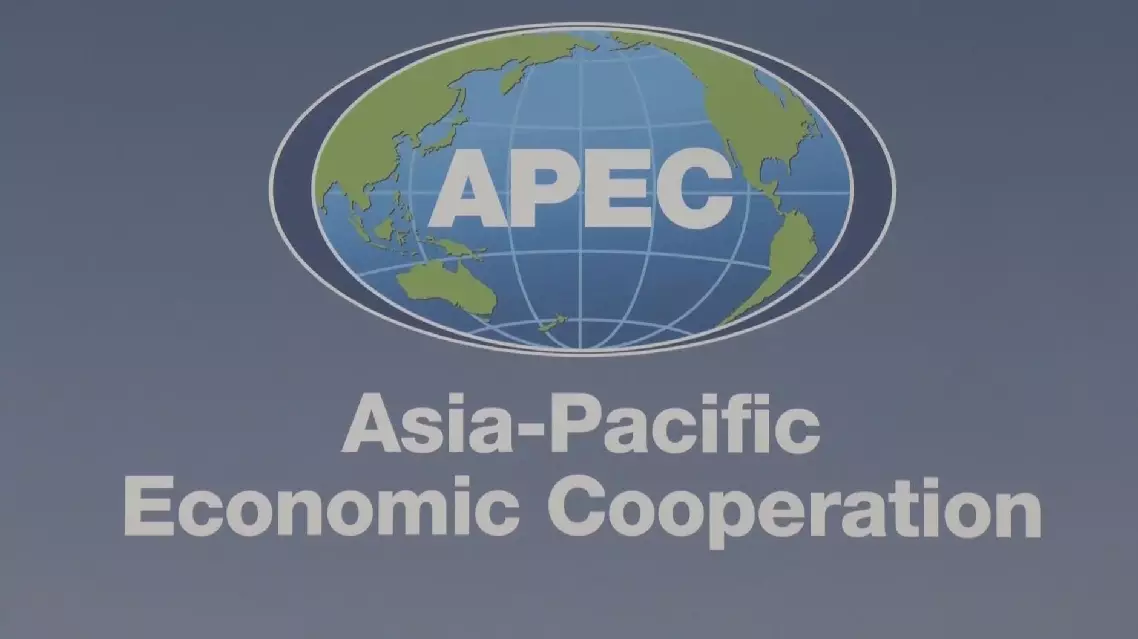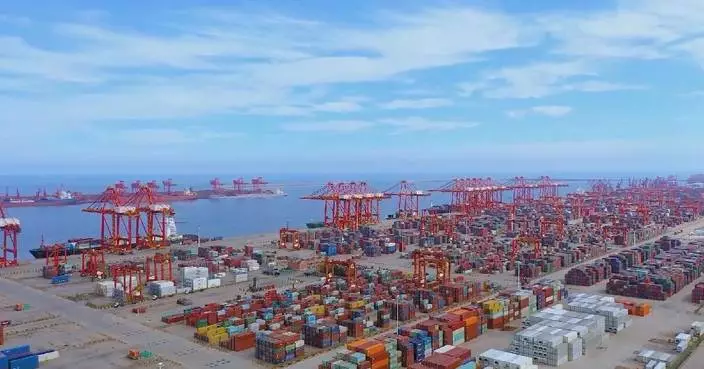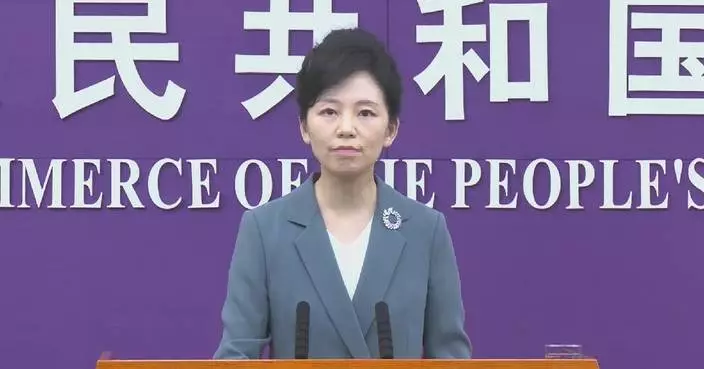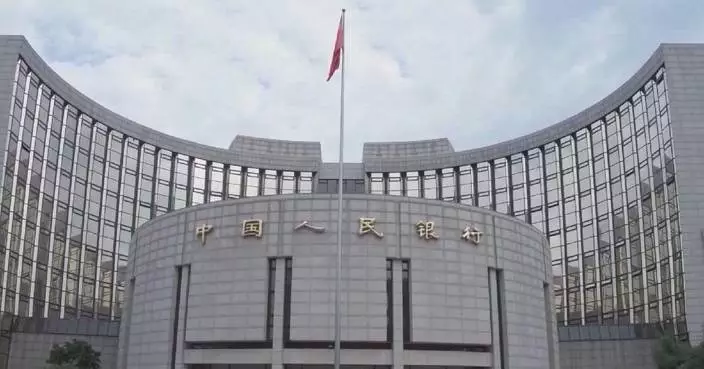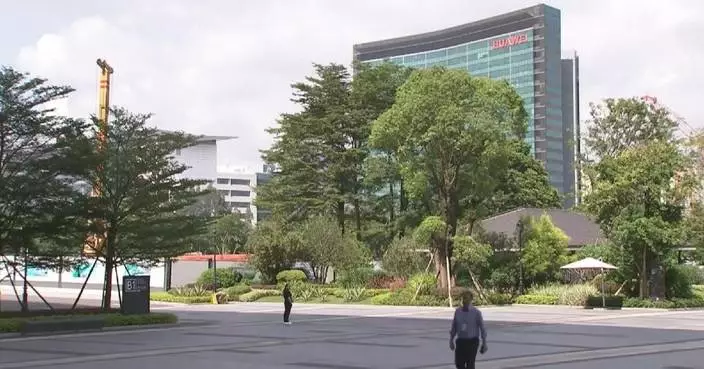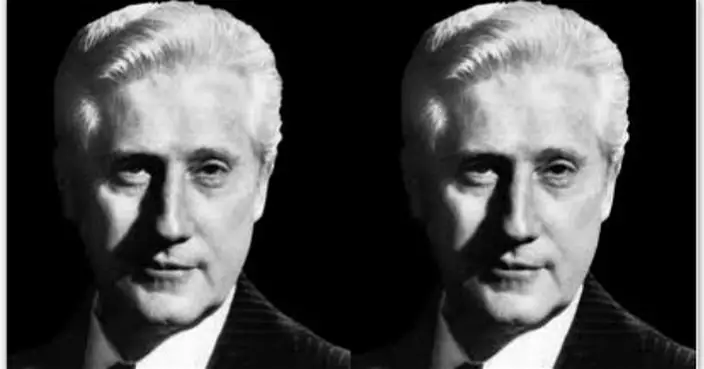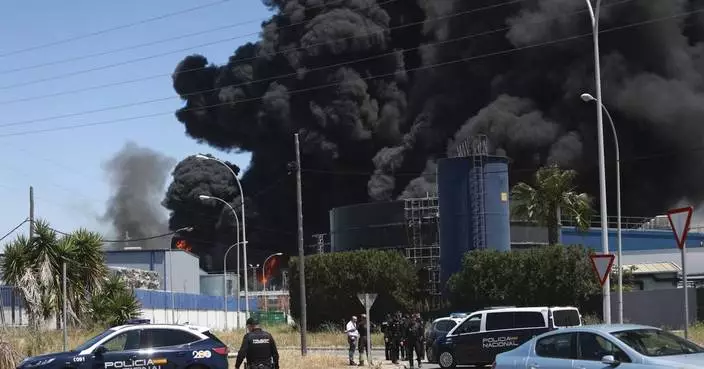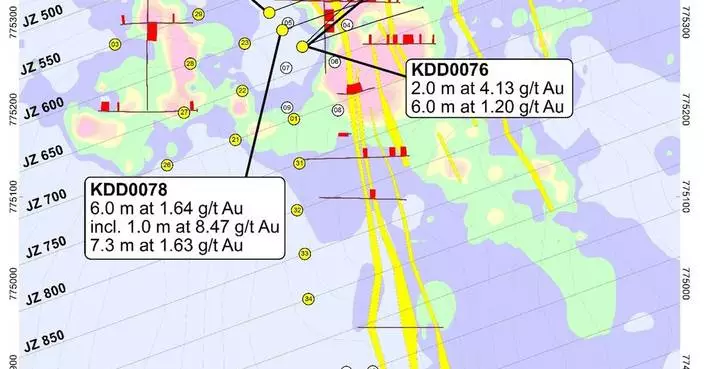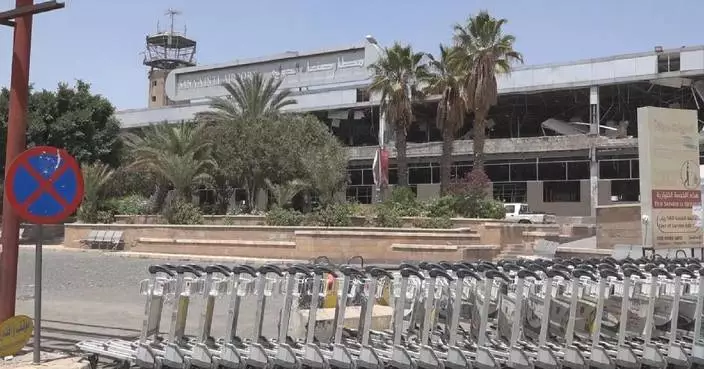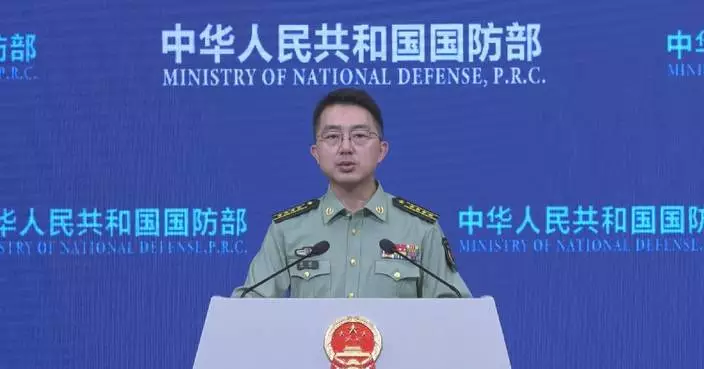The low-altitude economy has taken off in Chengdu, the provincial capital of southwest China's Sichuan, as the city rapidly develops its low-altitude tourism industry, offering local residents and tourists new and exciting aerial experiences from over 100 meters above.
Sichuan's Chongzhou City is home to the largest skydiving and drone pilot training base in southwest China. With a substantial 767.1 square kilometers of airspace below 120 meters available for trial flights, the region enjoys an average of 300 flyable days per year and is able to unlock ample opportunities for tourism options, including low-altitude sightseeing, skydiving and recreational flights, which have attracted a large number of tourists from across the country.
"I come all the way from Yibin just to experience it (low-altitude flight). I bought the 399-yuan (about 55 U.S. dollars) package, and the flight was about 10 minutes," said Wang Lu, a tourist.
"I come from Guizhou Province. As I travel to Chengdu [in neighboring Sichuan Province], I would like to come here to experience it (low-altitude flight). The view [outside the plane] is stunning, especially with today's good weather. It's definitely worth it," said Li Chengjie, another tourist.
Not long before, Chongzhou introduced five new low-altitude flight routes to popular destinations, including the Qingcheng Mountain, Leshan City, Jintang County, Luodai Ancient Town, and Zigong City. This move came as low-altitude tourism was transitioning from a niche market to a mainstream attraction.
"We've been operating [low-altitude flights] since 2014 for a total of 10 years. Each year has seen gradual improvements. In 2024, our revenue was up to approximately over 50 million yuan (about 6.8 million U.S. dollars). And we plan to introduce a larger plane that can carry 12 to 13 people on board for low-altitude transport and sightseeing next year," said Lu Tao, general manager of the Sichuan Haoyun General Aviation Company.
Since the beginning of 2024, Chengdu has designated the low-altitude sector as a key development industry, while launching an action plan in this regard to accelerate the establishment of a low-altitude economic center in the western region of the country. So far, Chengdu has cultivated 14 low-altitude application scenarios and opened 71 air routes.
"In 2024, our low-altitude tourism activities, including aerial sightseeing and skydiving, reached over 37,000 flights. Regular operations have been established for various applications, including drone logistics, low-altitude cultural tourism and sightseeing, and forest fire prevention. Next, [the city of Chengdu] aims to cultivate nationally influential, large-scale, and commercially viable low-altitude operation scenarios," said Tang Yulin, chief engineer with the department of transport of Chengdu City, Sichuan Province.
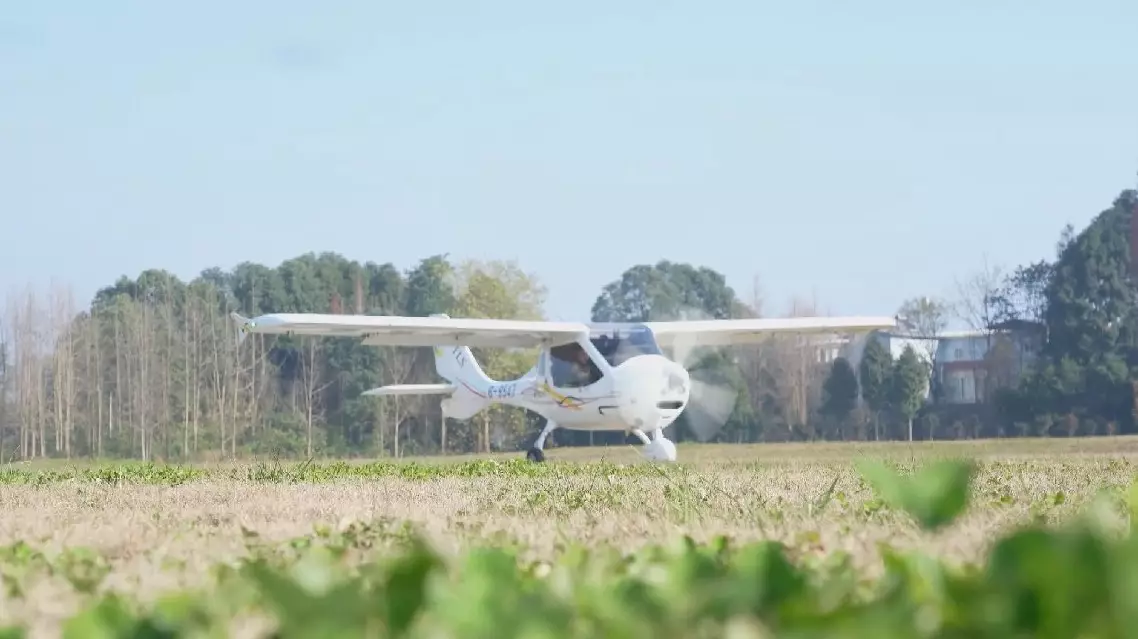
Low-altitude economy brings new experience in tourism in southwest China's Sichuan


